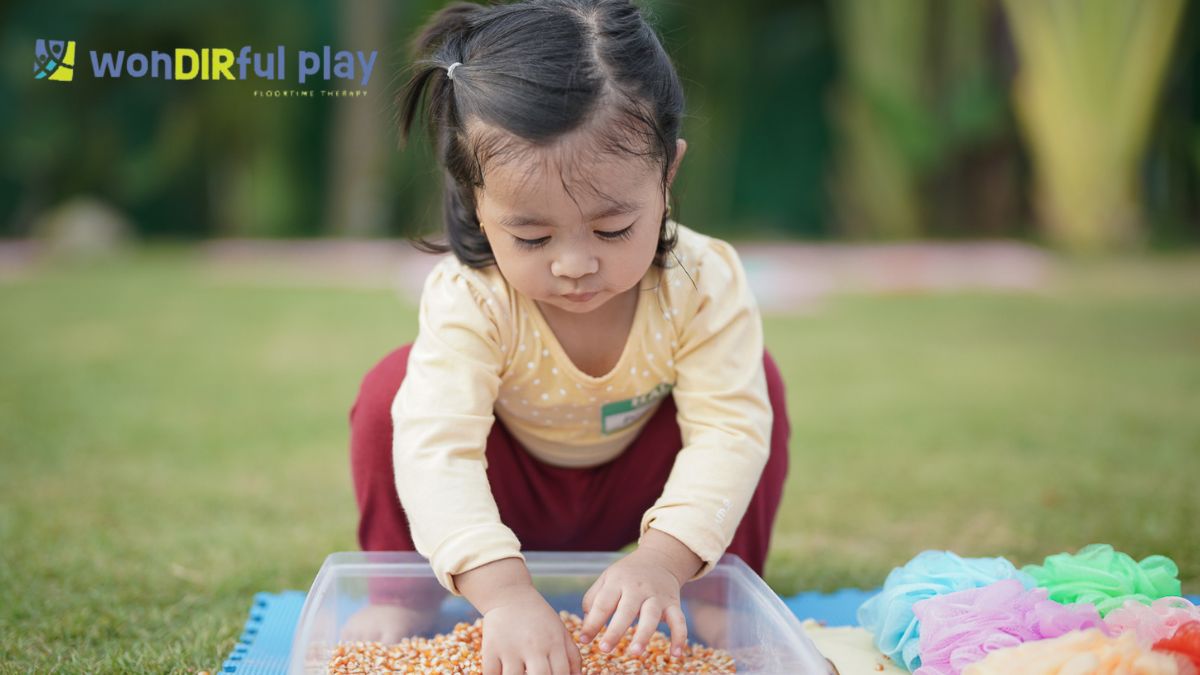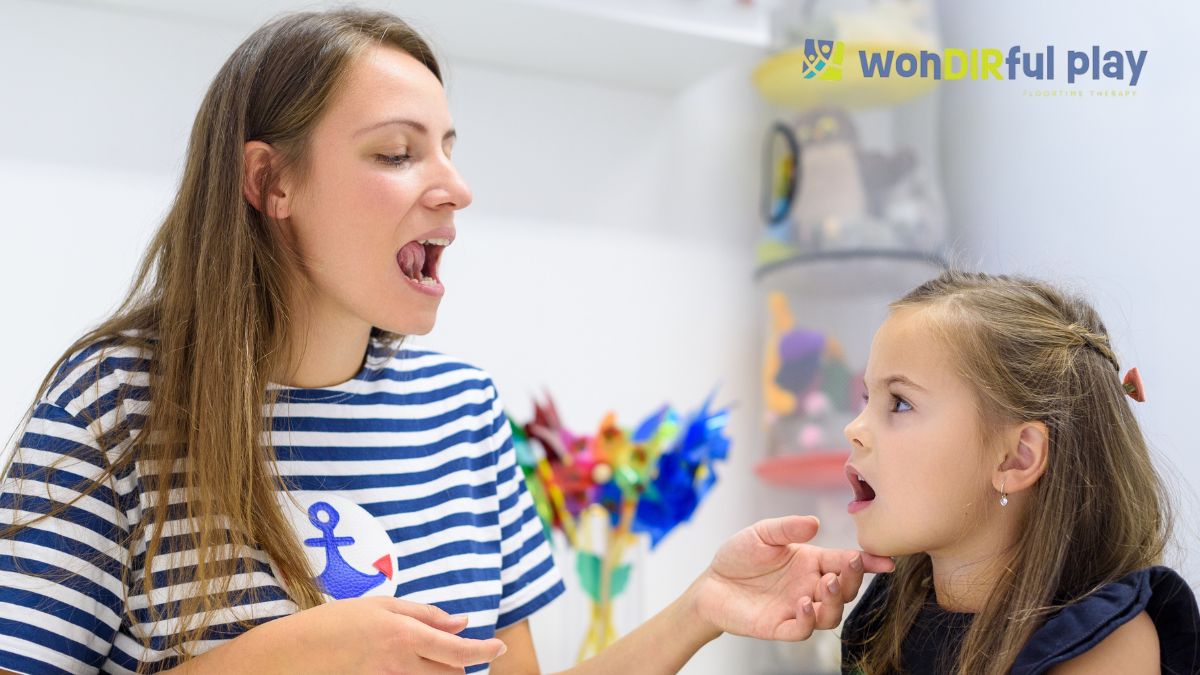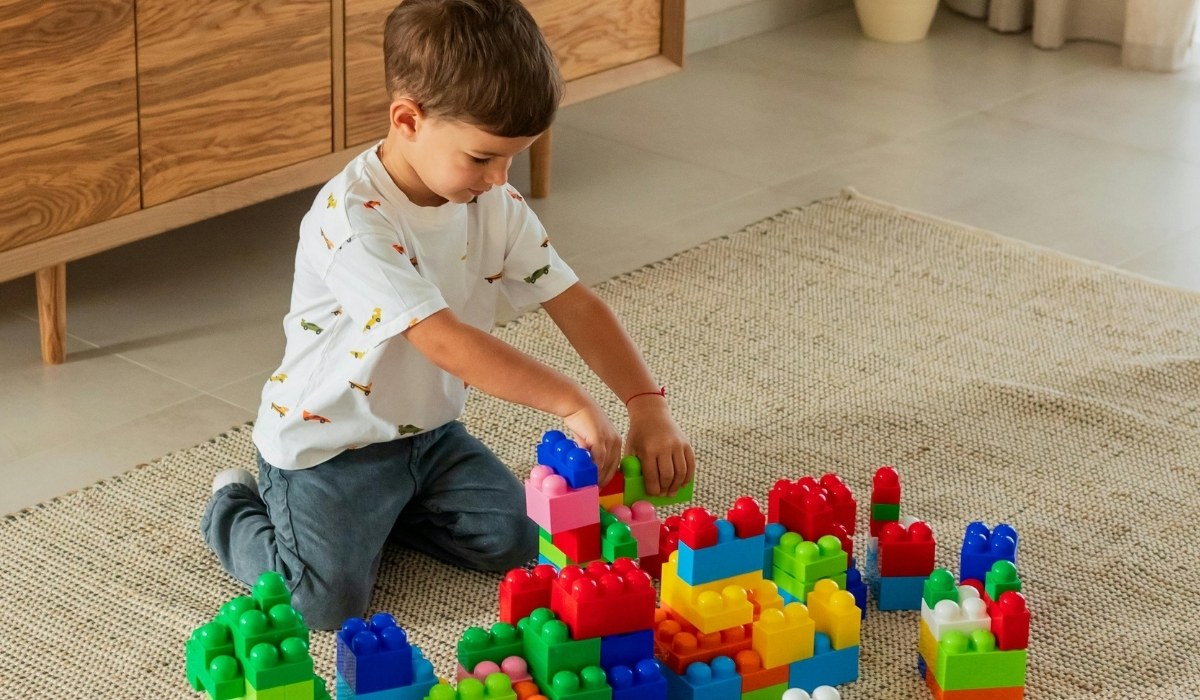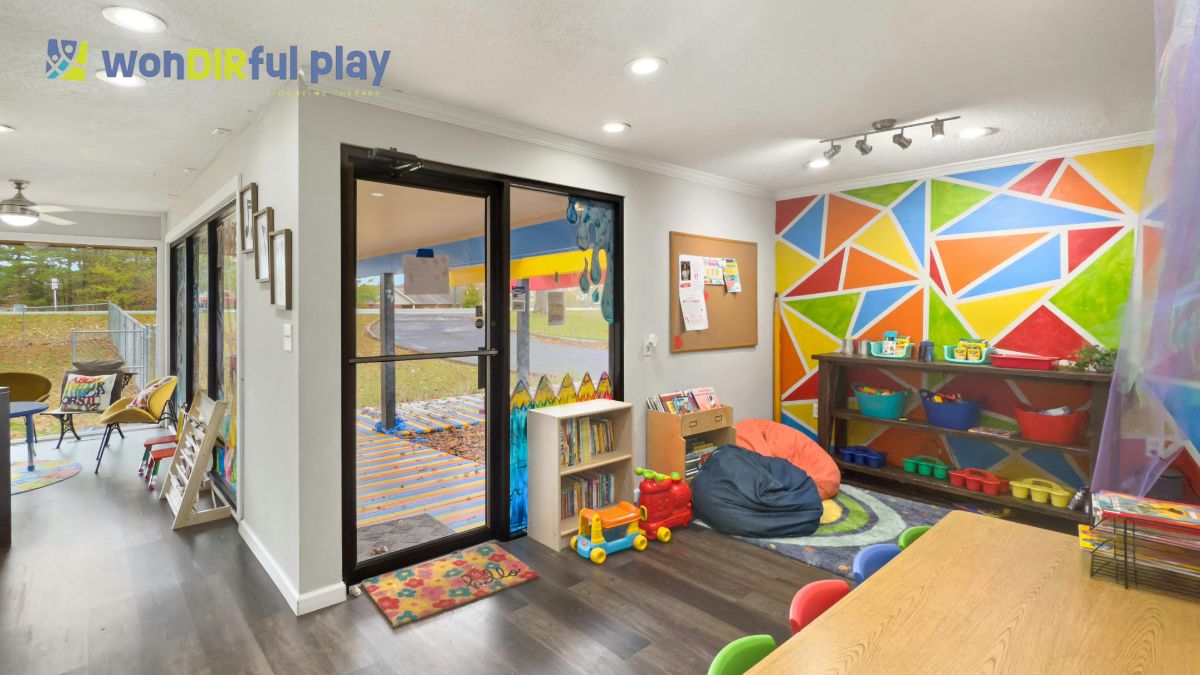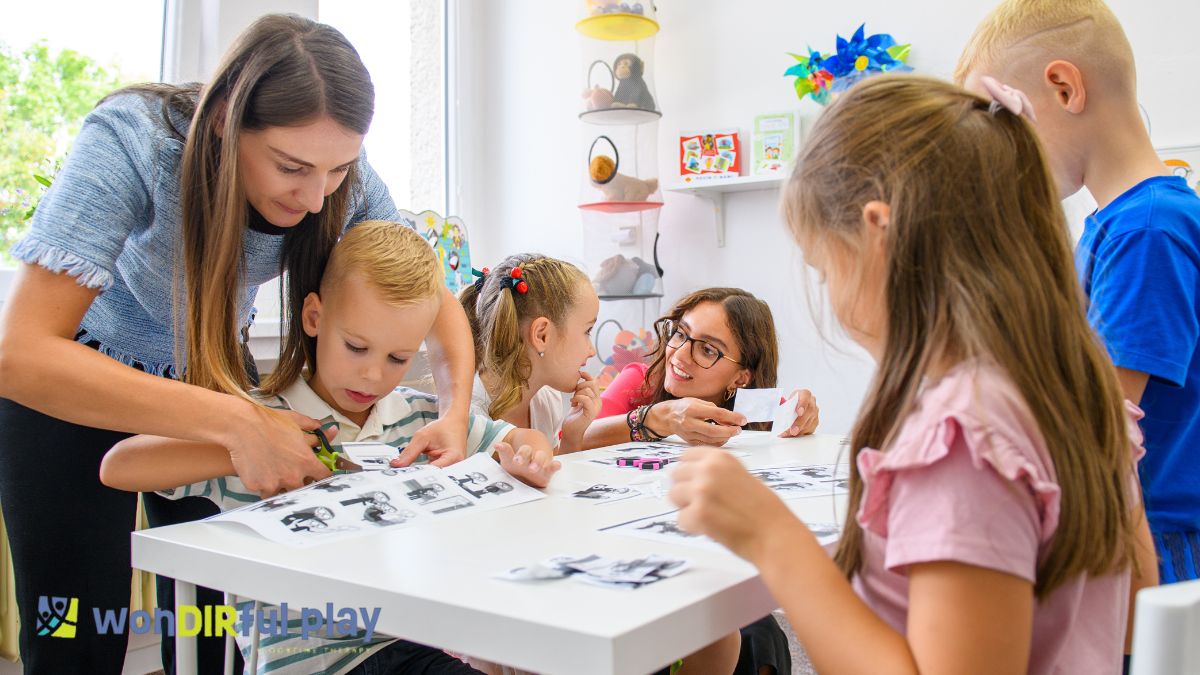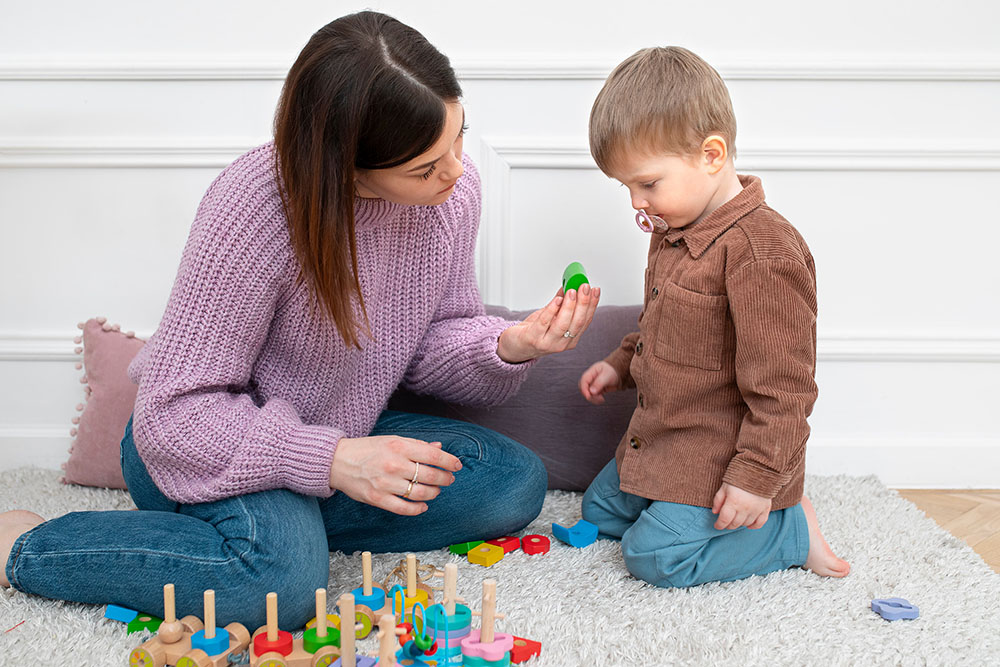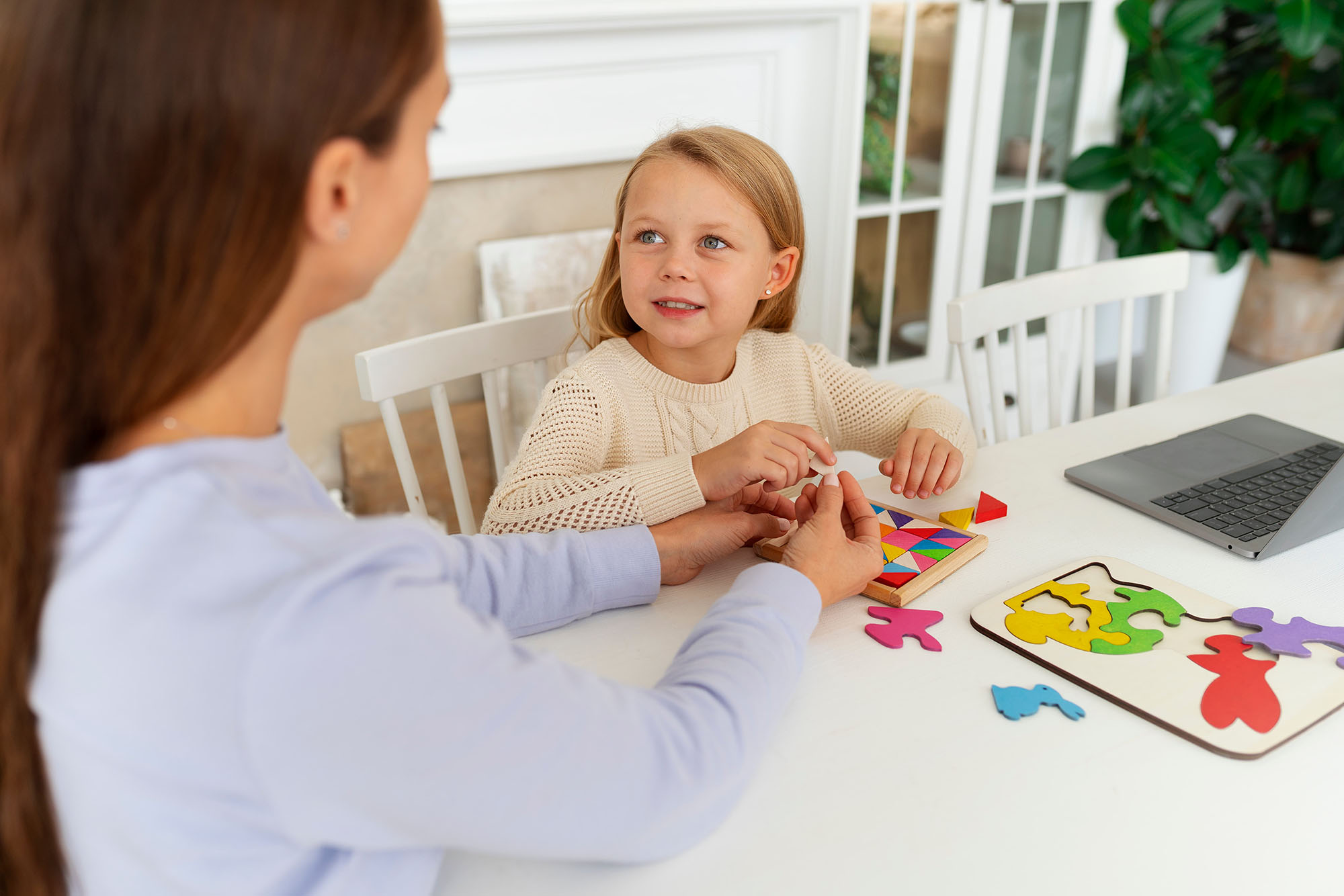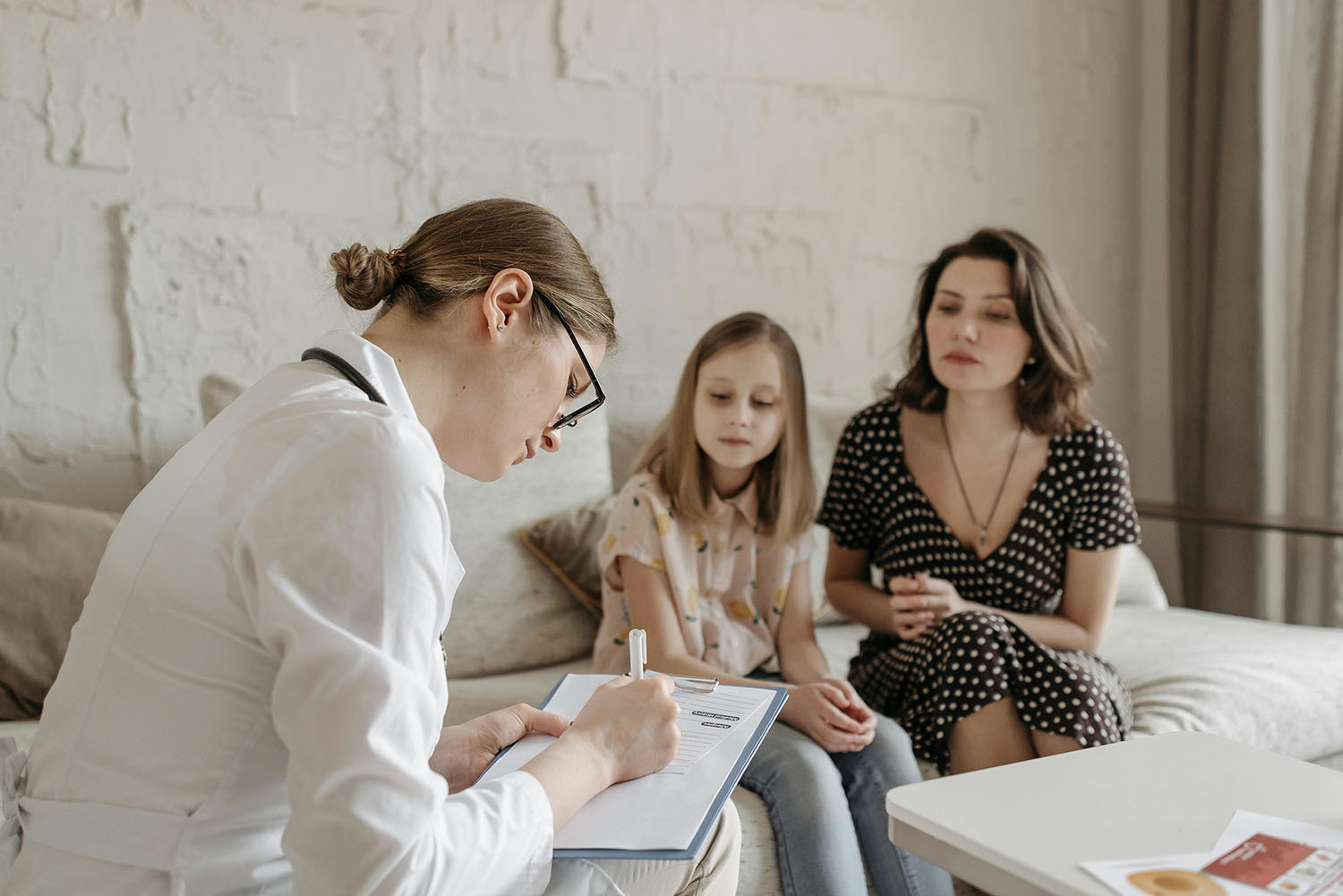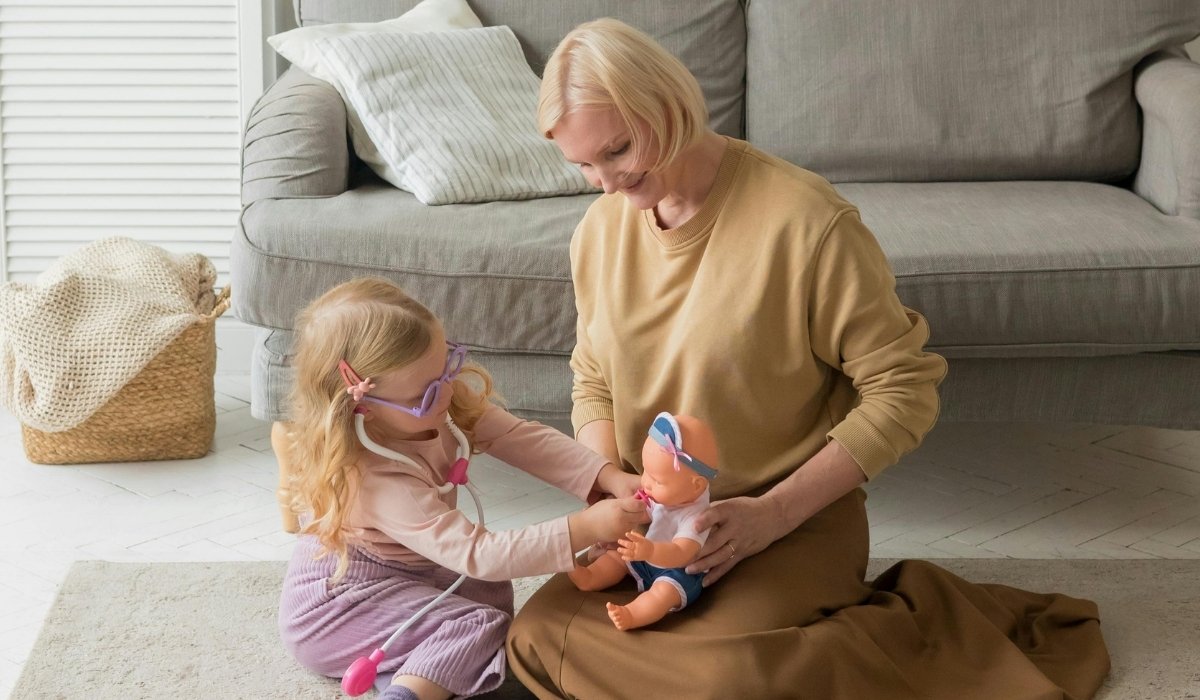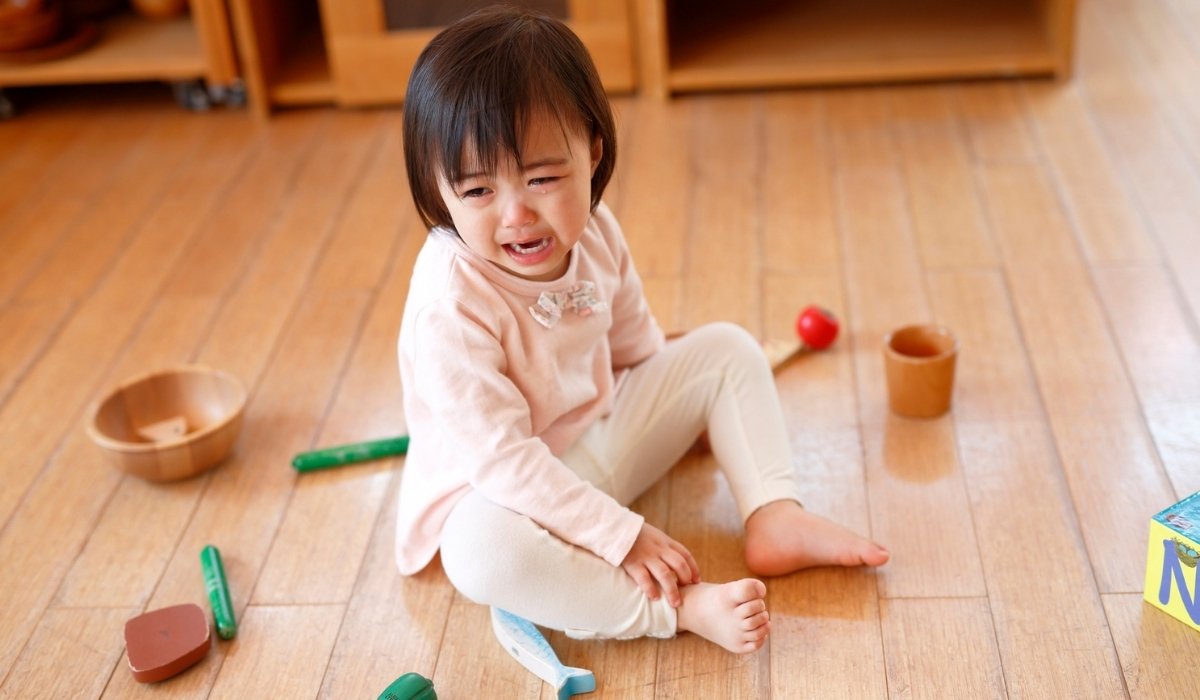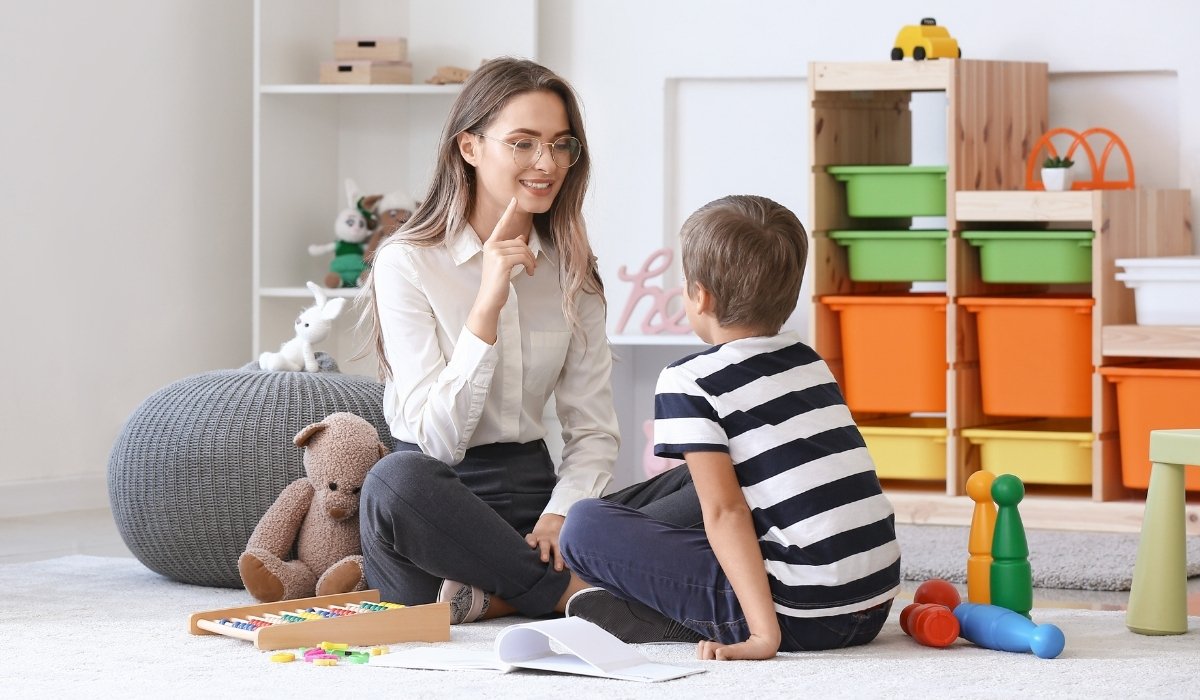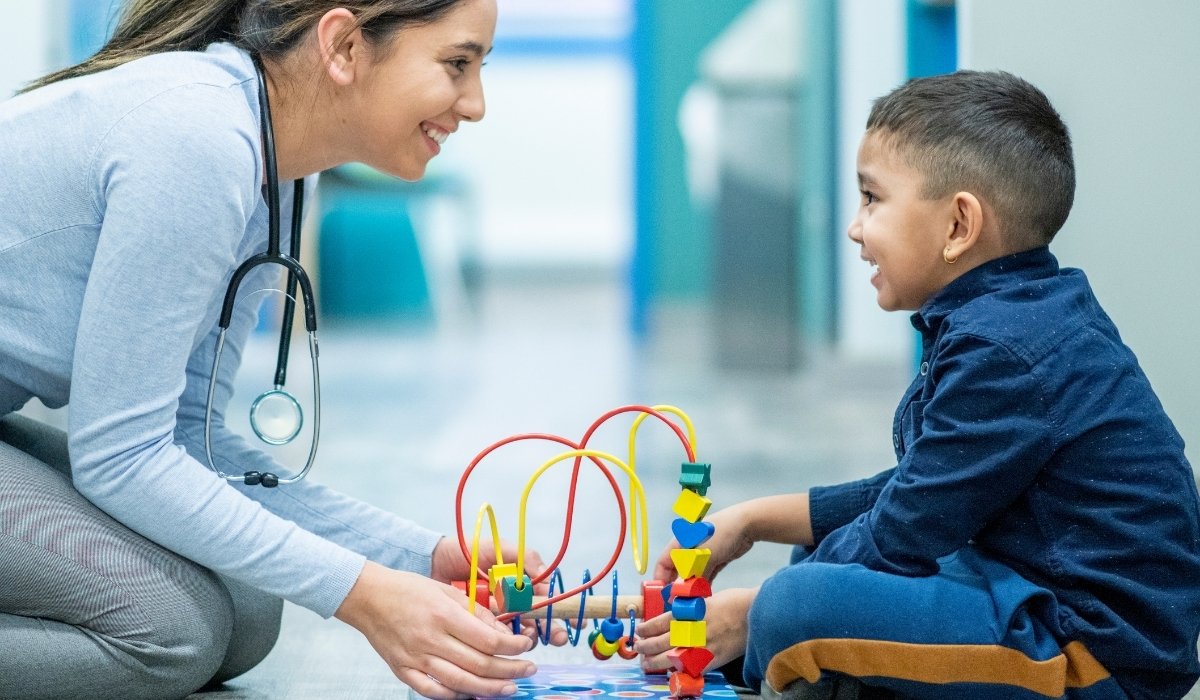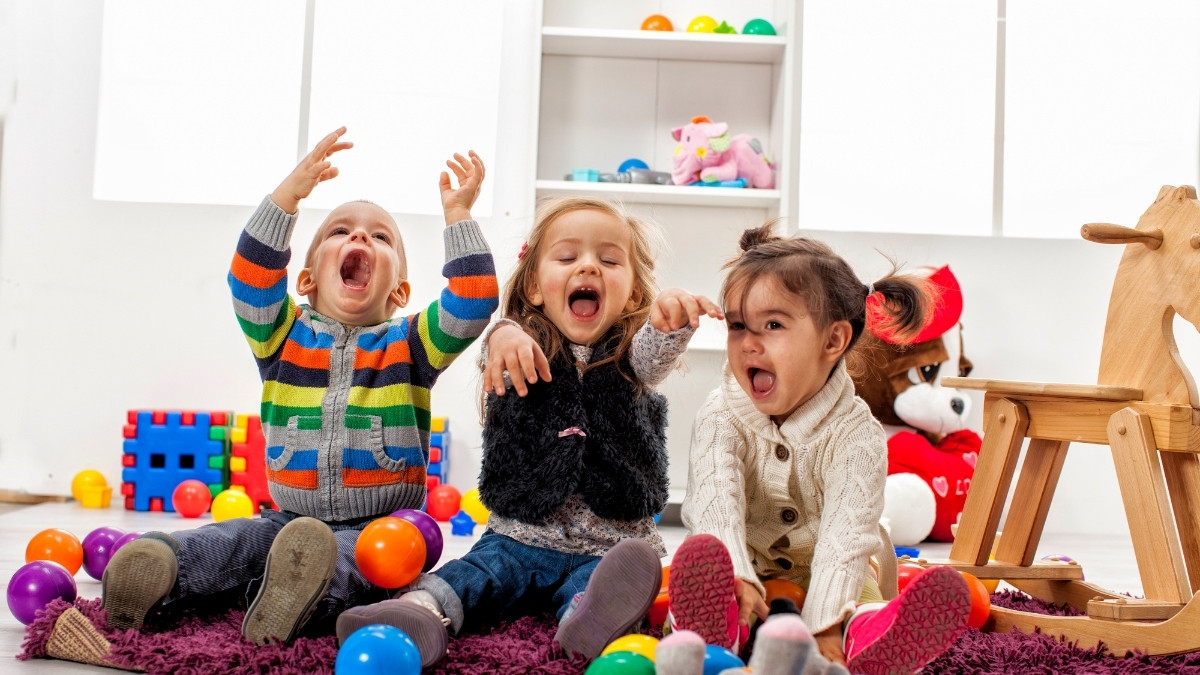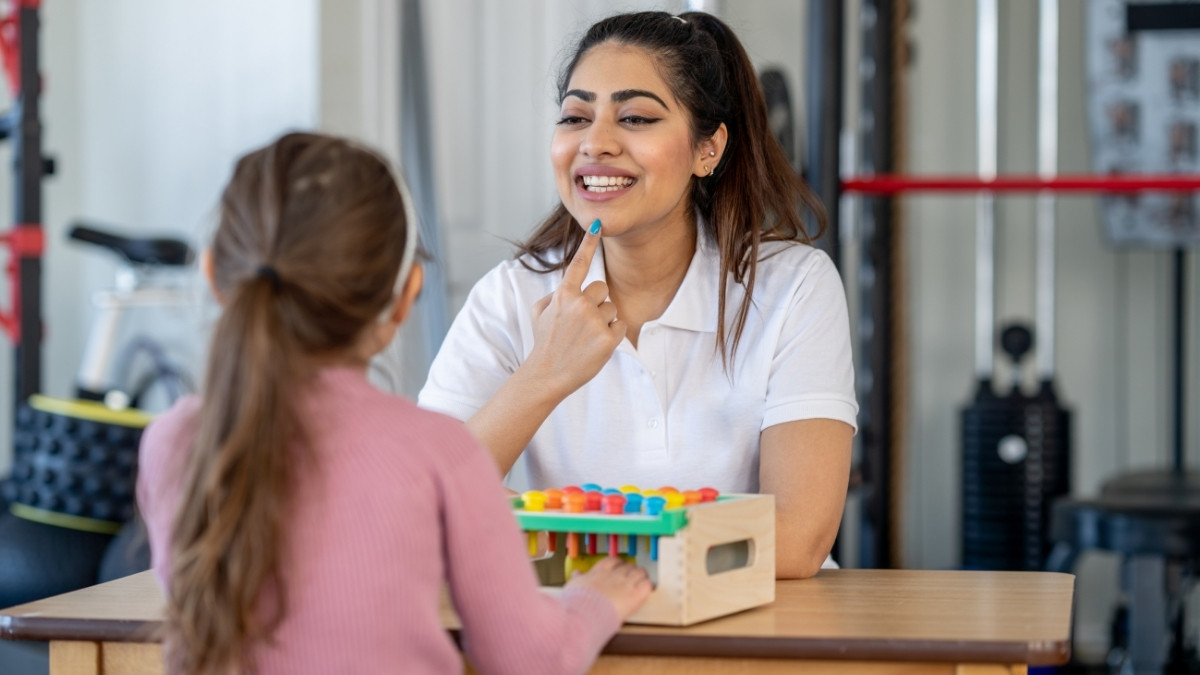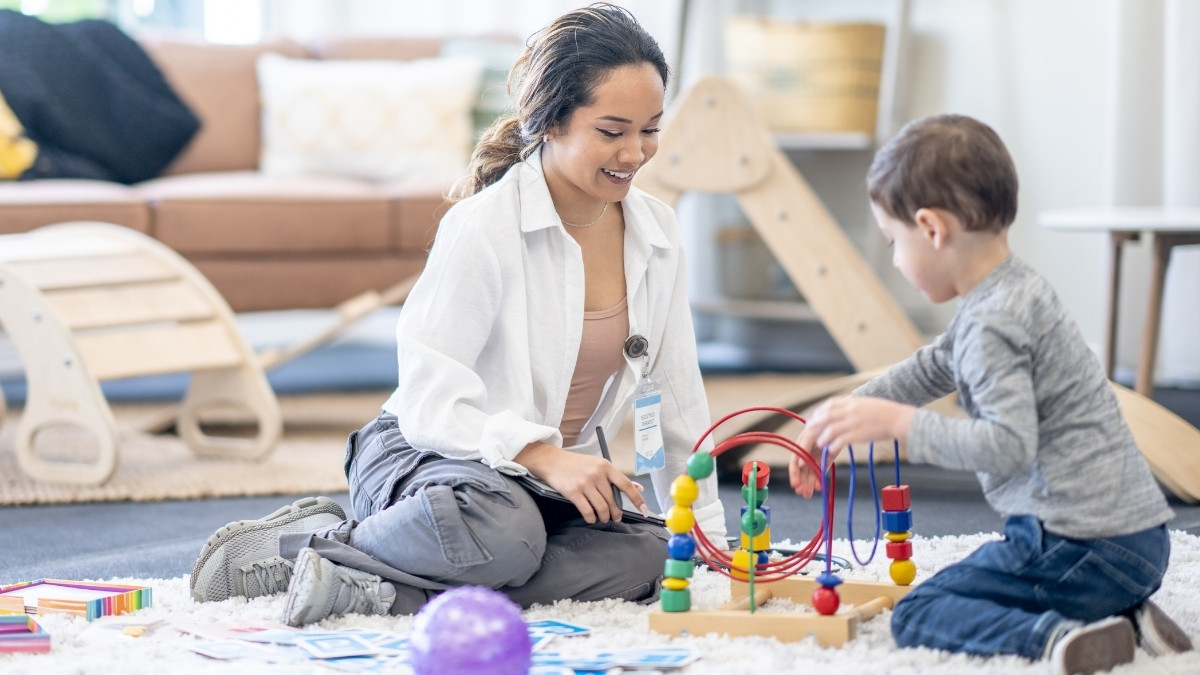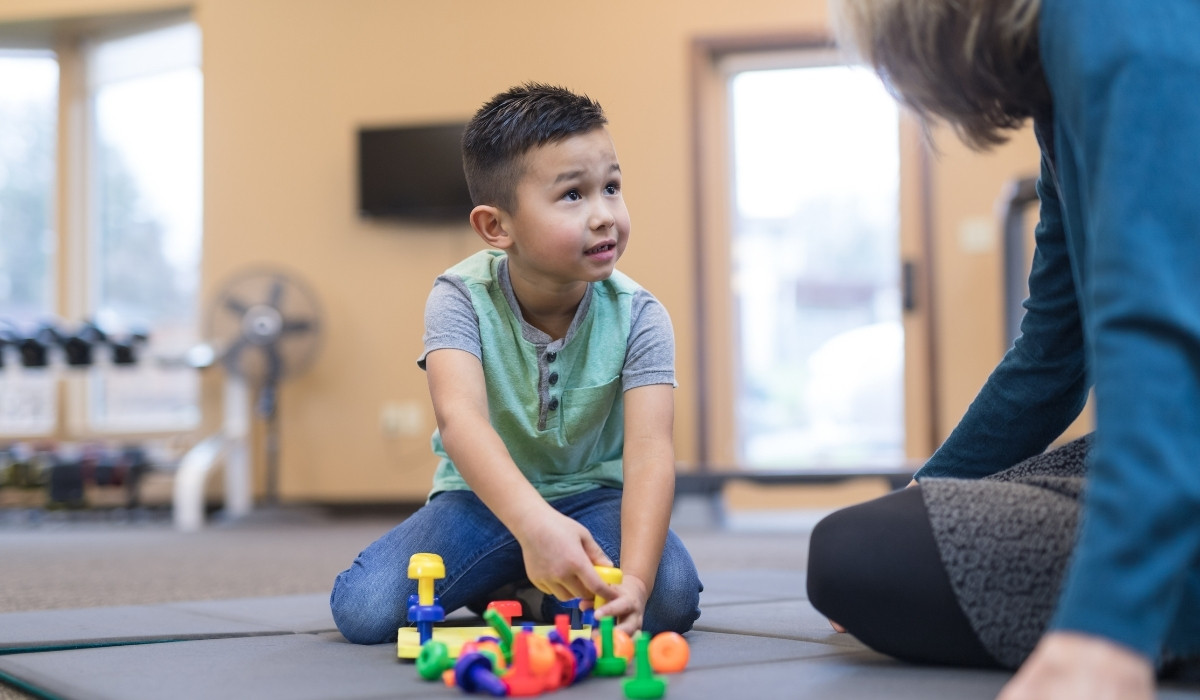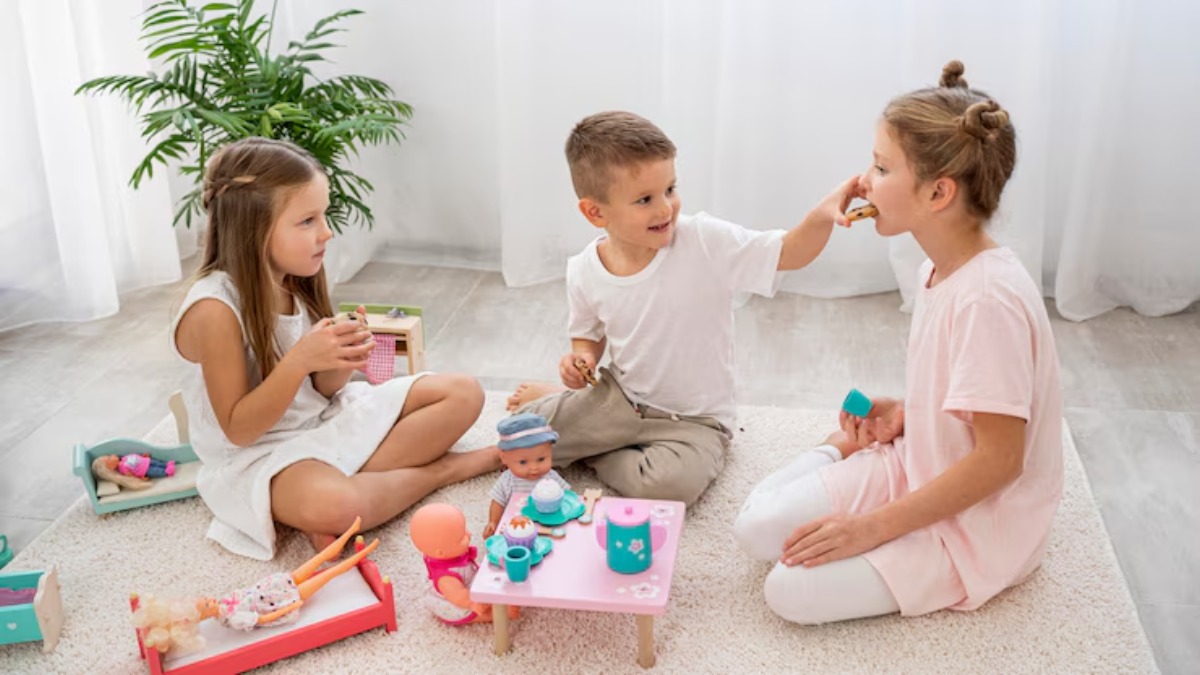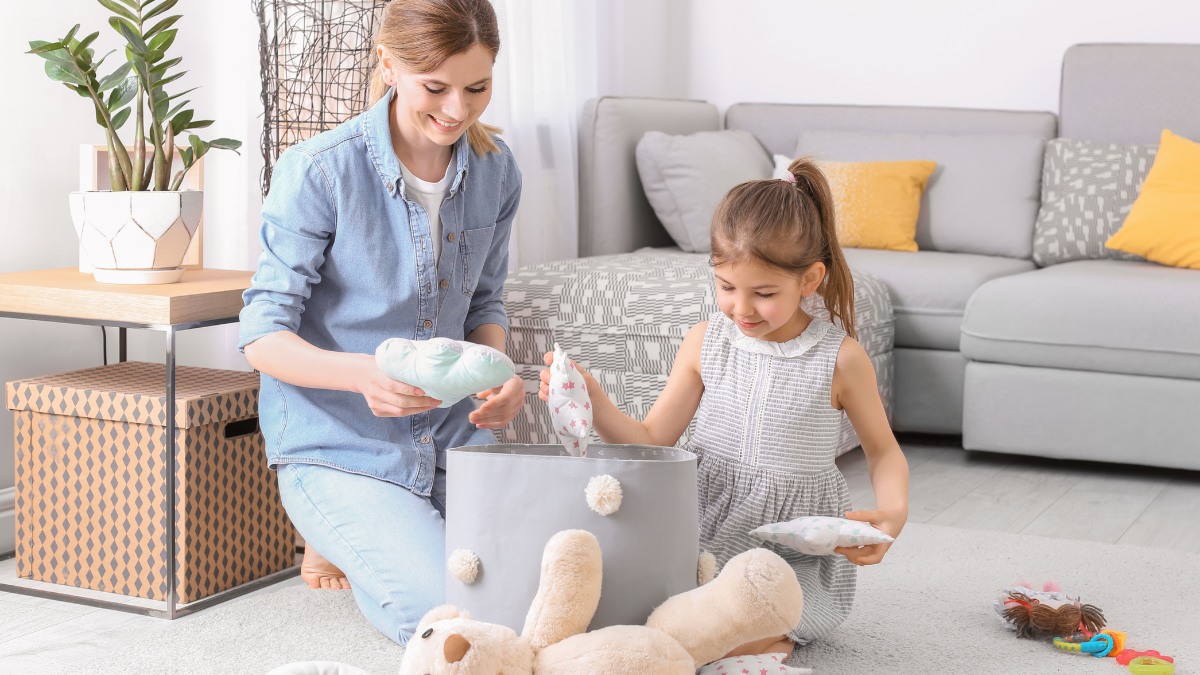Toilet Training Tips with DIR Floortime: A Parent's Guide
July 24, 2025
Toilet training tips for parents using DIR Floortime—learn gentle, developmental strategies to help your child gain independence and build body awareness.
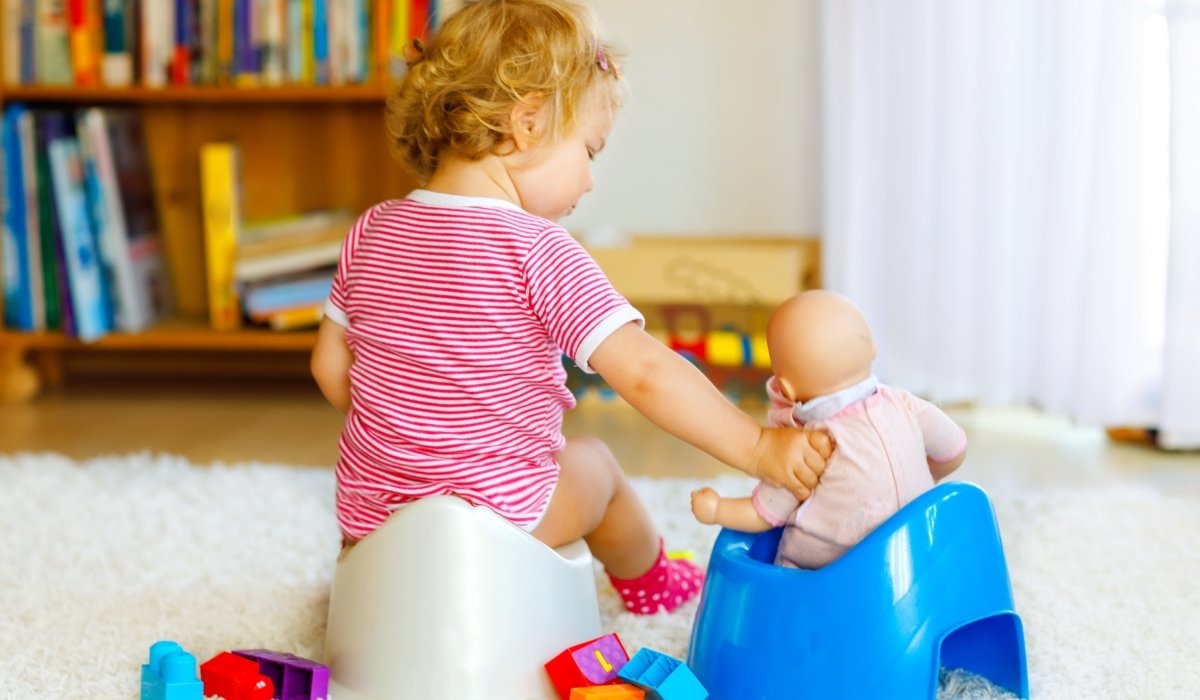
Key Points:
- Toilet training with DIR Floortime involves emotional regulation, engagement, and following the child’s developmental level rather than age.
- Understanding sensory sensitivities and communication delays is essential in crafting individualized, respectful toilet training plans.
- Practical tools like visual schedules, regulated routines, and playful modeling can significantly support toilet learning.
Toilet training can be a developmental milestone filled with challenges, especially for neurodivergent children. Many parents look for approaches that go beyond routine schedules and sticker charts—strategies that meet their child where they are developmentally. DIR Floortime offers a relationship-based approach that respects emotional readiness, sensory differences, and the importance of connection in learning.
This guide provides evidence-based, practical toilet training tips for parents using the DIR Floortime model. It focuses on supporting your child’s emotional development while embedding toileting goals into playful, engaging interactions. You’ll learn how to apply developmental principles, regulate your child through struggles, and tailor strategies that actually fit your home life.
Understanding the Developmental Readiness Behind Toilet Learning
Toilet training is not just a physical milestone; it involves emotional readiness, body awareness, sensory regulation, and communication. DIR Floortime addresses each of these areas by starting with where your child is developmentally—not chronologically.
For example, a 4-year-old may have the expressive language of a 2-year-old and the sensory sensitivity of a 6-month-old when it comes to interoception (awareness of internal body cues). Traditional toilet training strategies might fail in these situations because they assume uniform development. With DIR Floortime, you identify your child’s specific capacities within the Functional Emotional Developmental Capacities (FEDCs), particularly:
- Regulation and shared attention (FEDC 1)
- Engagement and relationship building (FEDC 2)
- Two-way purposeful communication (FEDC 3)
- Problem-solving and idea formation (FEDC 4)
Toilet training becomes an opportunity to strengthen these capacities instead of rushing past them.
Preparing the Environment and Routine for Success
Children thrive on predictability—especially when working through unfamiliar or uncomfortable experiences. Before introducing the toilet, it’s essential to create a consistent, sensory-safe environment that helps your child feel calm, regulated, and in control.
This step doesn’t require specialized equipment but intentional planning. Your child should know what to expect when entering the bathroom: the sights, sounds, and sequence of events. This predictability reduces anxiety and improves cooperation.
Here are effective ways to prepare:
- Create a visual schedule with simple images or real photos showing steps like: “Pull down pants,” “Sit on toilet,” “Wipe,” “Flush,” and “Wash hands.”
- Use sensory supports like foot stools (for grounding), noise-reducing fans, or soft lighting to reduce overwhelming stimuli.
- Model toileting through play using dolls or puppets to narrate the bathroom routine in a non-threatening way.
If your child resists the bathroom, try gradual desensitization. Start by playing near the bathroom, then progressing to sitting on the toilet with clothes on. The key is building trust while honoring your child’s timeline.
Incorporating Co-Regulation During Toilet Learning
Co-regulation is the process of using your emotional presence to help a child regulate their own emotional and physiological state. It’s a cornerstone of DIR Floortime and crucial during toilet learning.
Many children associate toileting with stress, especially if previous attempts involved pressure or punishment. Parents often wonder how to guide without prompting meltdowns. The answer lies in staying regulated yourself and using attunement strategies during toilet transitions.
Here’s how co-regulation can look in practice:
- Narrate feelings calmly: “I see it’s hard to stop playing. It’s okay to feel frustrated. I’ll help you.”
- Use gentle physical presence: Holding hands, offering hugs, or placing a favorite stuffed toy nearby can provide reassurance.
- Read your child’s cues: If they’re escalating, pause the task. Return to the bathroom later during a calm moment.
The goal isn’t to push through resistance, but to strengthen your connection so that your child feels supported, not controlled.
Using Play and Interaction to Build Internal Motivation
DIR Floortime believes in entering a child’s world through play—not to distract, but to connect and build meaningful learning experiences. You can integrate toileting into thematic play, storytelling, and imaginative sequences to reduce resistance and increase comfort.
If your child is fascinated by trains, create a bathroom routine where the child is the conductor pulling into the “potty station.” If they love animals, narrate how a favorite character goes potty before bedtime.
Motivation emerges naturally when children feel seen and understood. You’re not bribing or forcing them—you’re inviting them into an experience that’s emotionally safe and developmentally appropriate.
To embed toileting goals into play, consider:
- Role-playing potty routines with toys or plush characters.
- Creating reward-free “potty journals” where your child draws their feelings or progress.
- Embedding toileting themes into favorite books or songs.
This builds a positive emotional association and encourages self-initiation over time.
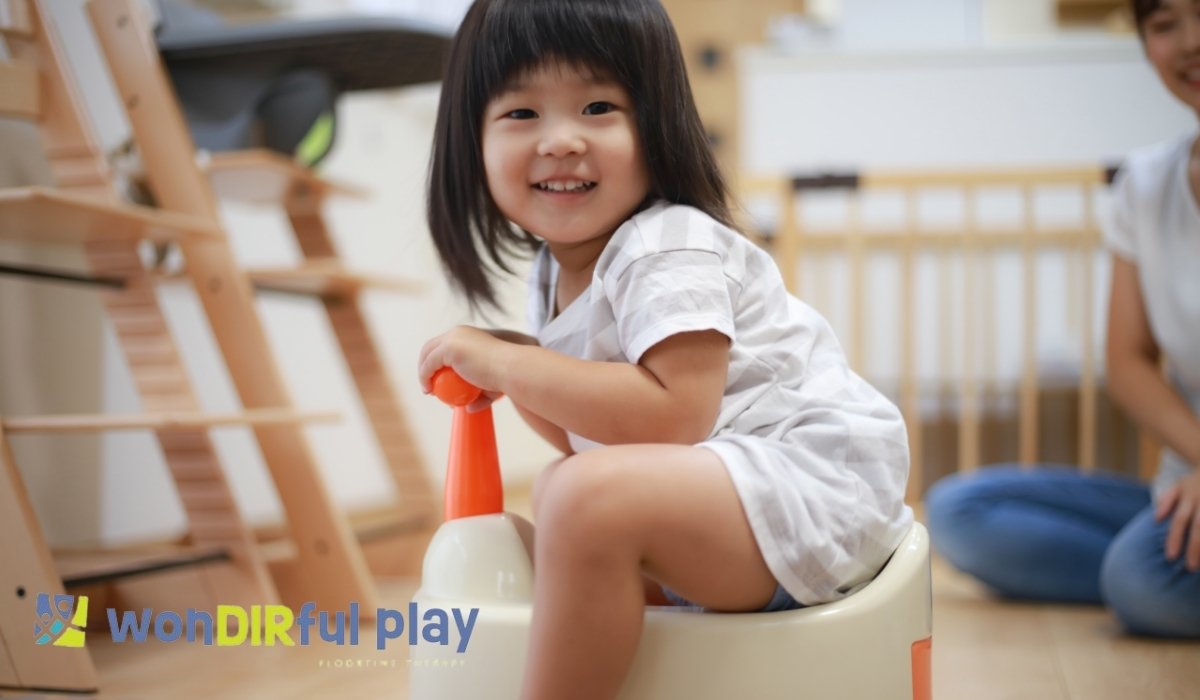
Adapting Toilet Training Strategies for Sensory Processing Differences
Toileting challenges are often rooted in sensory processing differences, not just defiance or delays. Children may be hypersensitive (e.g., disliking the sound of a toilet flush) or hyposensitive (e.g., unaware of the sensation of needing to go).
Understanding your child’s interoceptive awareness is essential. Many children on the autism spectrum, for instance, don’t notice the feeling of a full bladder or aren’t bothered by wetness. This isn’t a behavior problem—it’s a sensory regulation challenge.
Here are targeted sensory-friendly toilet training tips for parents:
- Address tactile sensitivities: Let the child choose underwear textures they like. Avoid harsh wipes or soaps.
- Use auditory modifications: Muffle toilet flushes with tissue or use soft-close seats to reduce startling sounds.
- Explore proprioceptive supports: Footrests and compression clothing help provide grounding and body awareness.
By accommodating these needs, you’re removing barriers—not enabling avoidance.
Knowing When to Pause and Reassess
Parents often feel pressured to “train by age 3,” but this expectation doesn’t account for neurodivergence. If toilet learning is consistently leading to dysregulation, it may be wise to pause and revisit when your child is more developmentally ready.
Here are signs that a break may be helpful:
- Frequent meltdowns or refusal around toileting despite consistent co-regulation.
- No signs of interoceptive awareness even with sensory accommodations.
- Disruption in the parent-child relationship due to toilet training stress.
Stepping back is not a failure—it’s a recalibration. You’re preserving the connection and giving your child the best chance for long-term success.
Revisit toilet training later with updated strategies and developmental insights. Sometimes, growth in other FEDCs (like communication or symbolic play) unlocks readiness in toileting too.
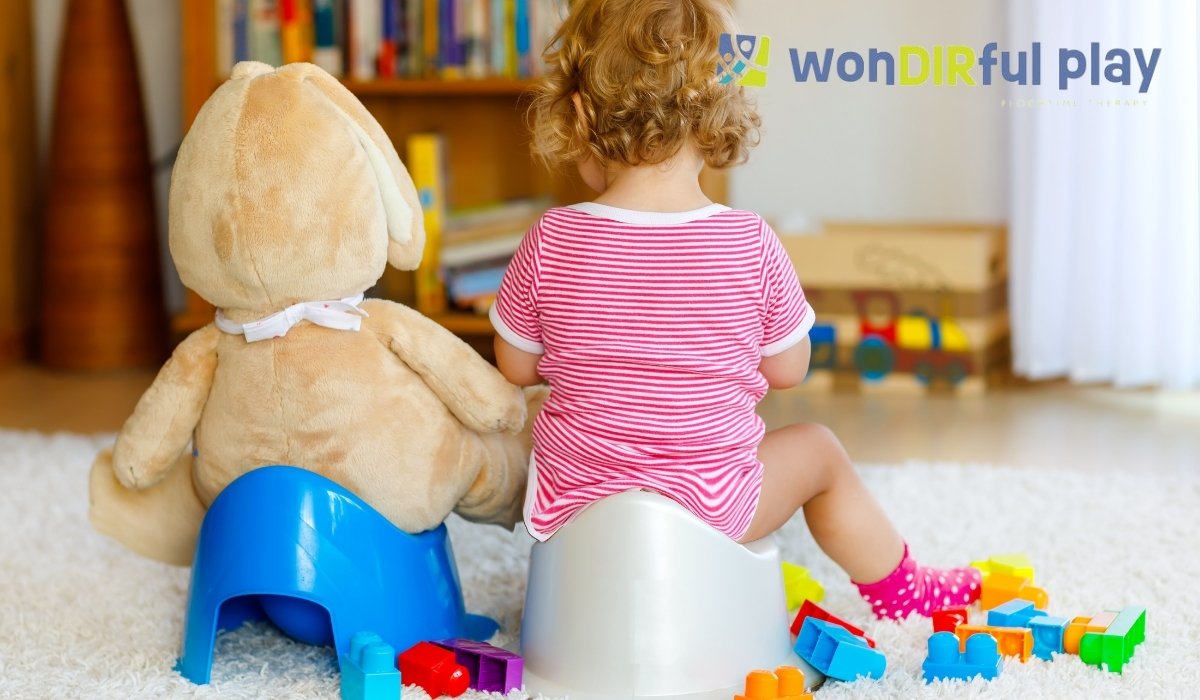
Track Progress Through Connection, Not Compliance
Parents often focus on outcomes: dry days, accidents, toilet use. But DIR Floortime encourages a broader view—progress is about deeper engagement, shared joy, and functional emotional growth.
Instead of rigid checklists, look for emergent milestones:
- Your child communicating they’re wet or dry.
- Willingly approaching the bathroom without distress.
- Showing pride after participating in bathroom routines.
These are powerful emotional markers that signal developmental readiness, even before complete independence is achieved. Celebrate them.
Keep a collaborative mindset. If you’re using a visual schedule, invite your child to help choose images. If you’re introducing new routines, do it through a shared activity. Toilet training doesn’t have to be clinical—it can be connective.
Support Your Child’s Growth with DIR Floortime in New Jersey
If you’re looking for compassionate, developmentally appropriate guidance through your child’s toilet learning journey, WonDIRfulPlay offers DIR Floortime services in New Jersey tailored to your child’s unique needs. We believe in building emotional safety first—then supporting skill development through meaningful, attuned interactions.
Whether your child is just beginning to show interest or has had difficult past experiences with toilet training, we’ll meet you where you are. WonDIRfulPlay specializes in using DIR Floortime to help children grow through connection, regulation, and playful engagement.
Let’s make toilet learning a milestone of trust, not tension.
Reach out today to learn more about how DIR Floortime can support your family’s journey.
Recent articles




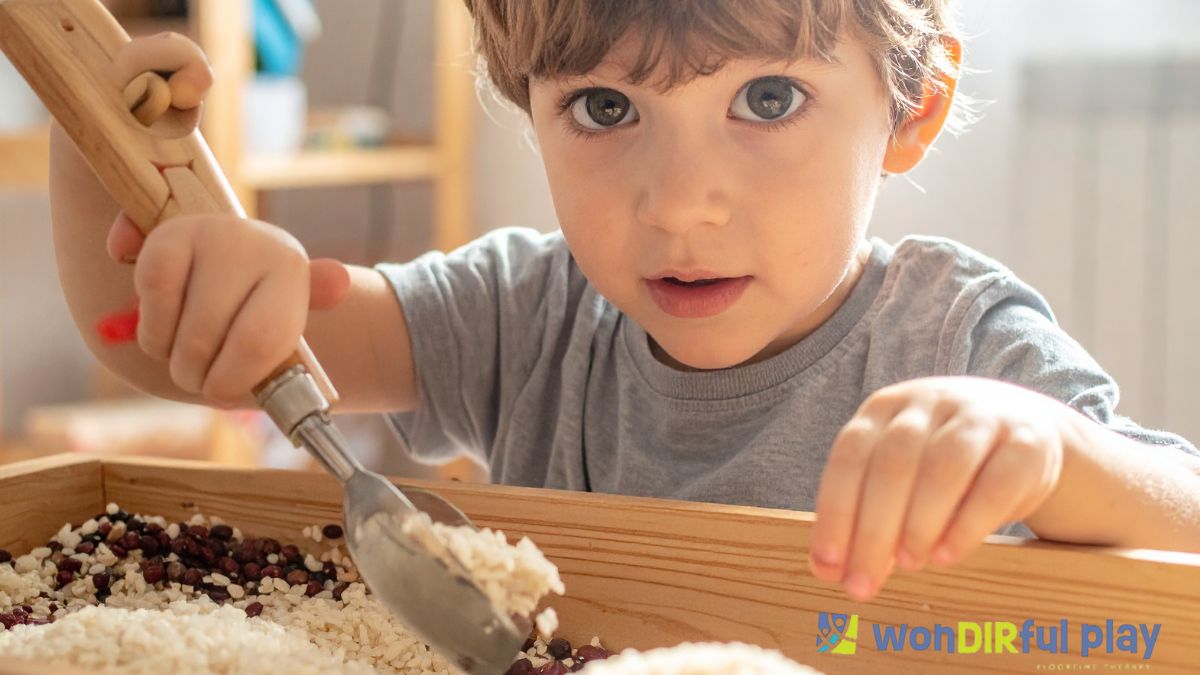
-ink.jpeg)
-ink.jpeg)
-ink.jpeg)
-ink.jpeg)
-ink.jpeg)
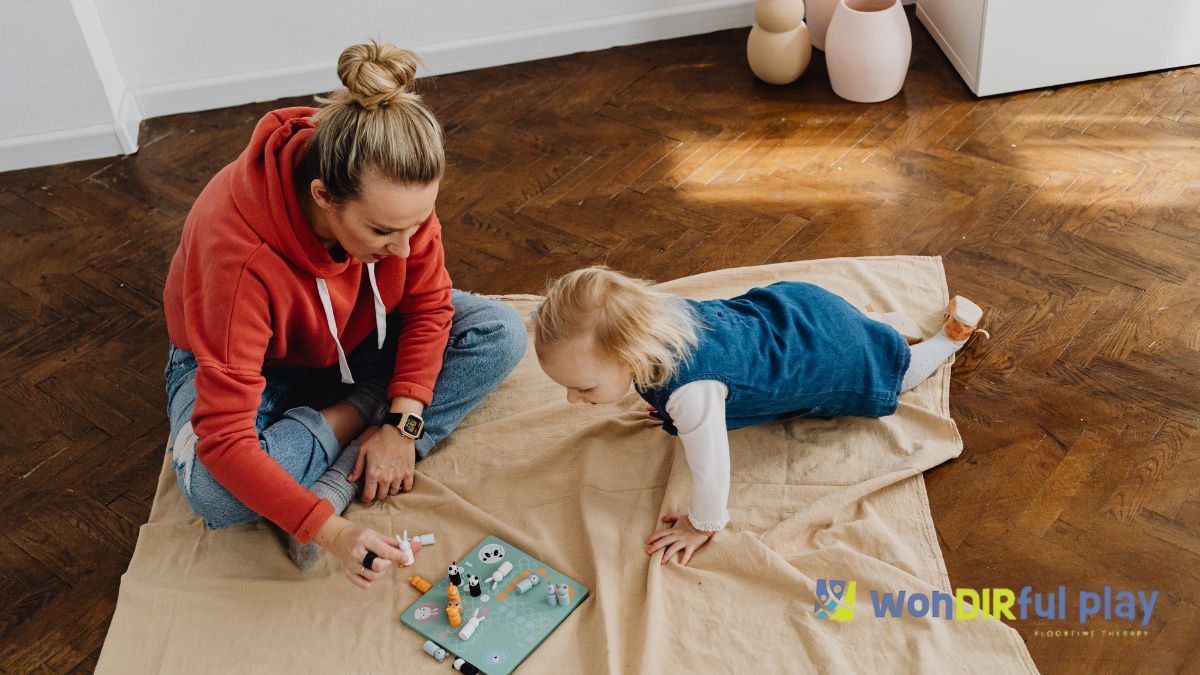
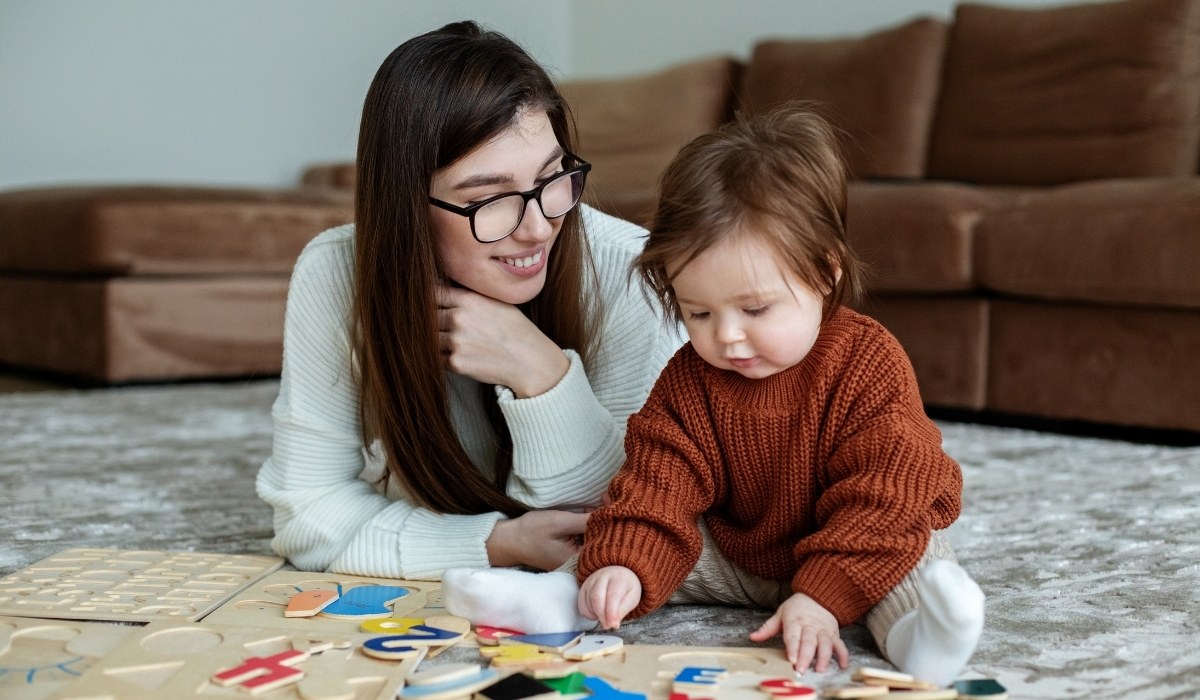
-ink.jpg)
-ink.jpeg)
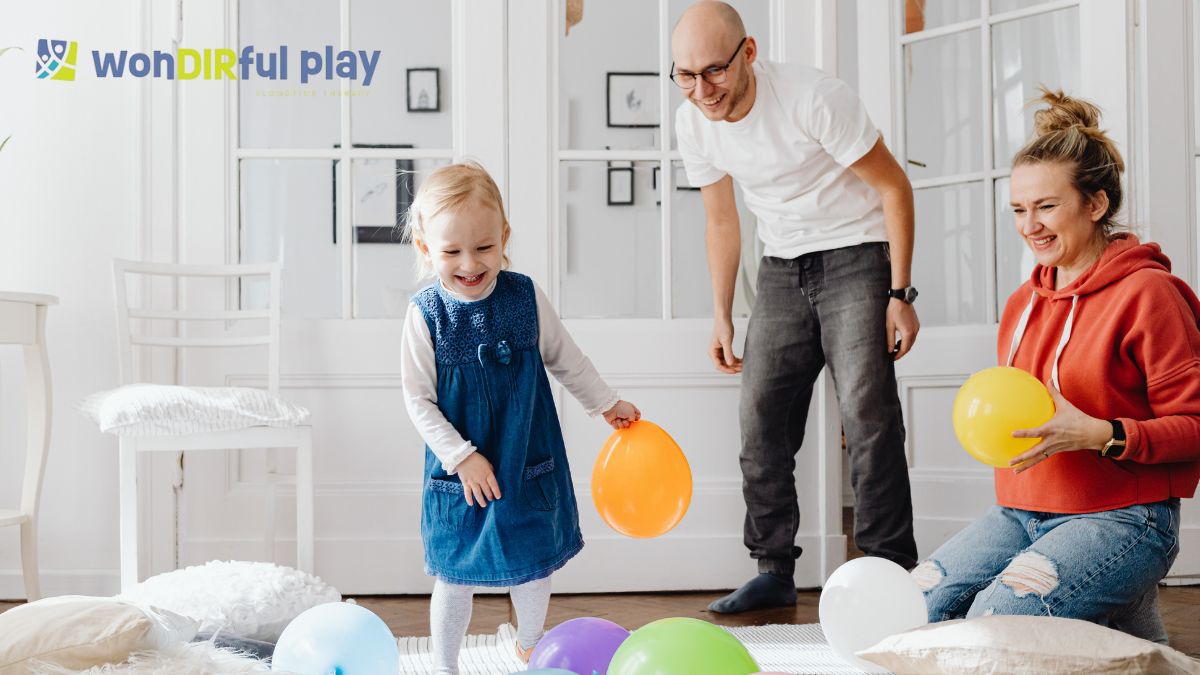
-ink.jpeg)
-ink.jpeg)
-ink.jpeg)
